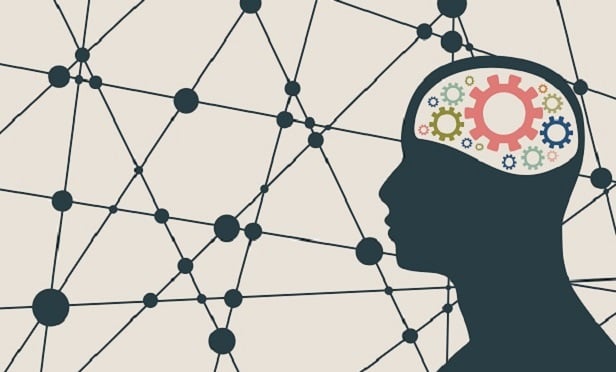 A more inclusive mental health care model will provide employees with the right care, when and how they need it.
A more inclusive mental health care model will provide employees with the right care, when and how they need it.
The impact of the COVID-19 pandemic on the nation's health has been a crisis of equal parts body and mind. New phrases such as "COVID brain fog" and "COVID loneliness" have entered our consciousness, marked by symptoms of anxiety and depression that threaten to outlast the pandemic.
The unfortunate reality is that our mental health care system excludes most people. Over half of those in need of care are unable to access it. Mental health care is too often divided among the "haves" and the "have nots" — we urgently need to make it more inclusive.
Recommended For You
For example, the alarming rate of women leaving the workforce since COVID began — there were 2.2 million fewer women in the workforce in October 2020 than one year earlier — has been triggered in large part by the stress brought on by the conflicting pressures of work and home. For American workers coping with this protracted crisis, the pressures of isolation, uncertainty, and fear have increased mental health difficulties. Our fragmented, expensive, and under-resourced mental health care system cannot meet this growing demand.
Employers are increasingly recognizing this challenge. A Mercer survey finds behavioral health ranked first out of 11 possible priorities for employee wellbeing, with 75% of large employers calling it a priority. More than one-fourth (29%) have already provided managers with formal training to support their employees' emotional and behavioral health needs, and another 24% are planning to. About one-fifth (19%) say they plan to add programs or services to expand access to behavioral health services next year.
As an employee benefit, access has generally meant the provision of a certain number of visits with a mental health professional for therapy or medication-based treatment. Employees are often helped by these resources. However, for many, accessing them can be a significant challenge. Just as it's nearly impossible to have proper nutrition if you live in a food desert, it's unrealistic to think that benefits coverage for office visits will be sufficient when there are few therapists and psychiatrists to be found. In fact, research from the National Alliance of Mental Health finds that 60% of U.S. counties do not have a single practicing psychiatrist.
Clearing pathways to care for diverse populations — with widely varying needs and circumstances — must be the priority. Consider, for example, the different challenges a long-haul trucker versus a finance professional faces in accessing mental health care. While truckers face high occupational stress they typically have limited access to traditional health care and social support systems. They work long, grueling hours that transport them to various locations across the country. These circumstances make it nearly impossible for them to consistently access traditional in-person care.
Compare the trucker's access challenges to those of a finance professional. The finance professional also faces high levels of occupational stress, but often has more flexibility in regards to work hours and location. However, they may not seek mental health care due to societal stigma. They may be worried that a co-worker will judge or that their competency will be questioned if they block time on their calendar for therapy. Both truckers and finance professionals have unique challenges that impact their ability to access mental health care. Digital solutions can mitigate these access barriers and make mental health care more inclusive.
For the vast majority of people affected by mental health difficulties, access to care, whenever and wherever the need presents itself, can make a profound difference in their ability to cope with a problem before it becomes more severe. Digital solutions based on cognitive and behavioral techniques offer people a care option on their terms. By eliminating the stigma many associate with "going into therapy," digital solutions can be a first line of defense in a new, comprehensive care model that engages more people with help that is appropriate to their specific needs.
A more inclusive mental health care model will provide employees with the right care, when and how they need it: that means utilizing both traditional in-person care that can be essential for more severe mental health difficulties, as well as digital care for those with less acute needs.
The ability to truly "democratize" access to mental health care is finally within our grasp. We can reach the millions who have lacked the access, knowledge and economic resources necessary to achieve good mental health. To do this, we must embrace non-traditional mental health care interventions. In some cases, these approaches may not look or feel like traditional therapy. And that's the point. By broadening our definition of therapy to reach those who've too often gone untreated, we can ensure that equity, access, and affordability are the standards for a new age of mental health care.
Peter Hames is the co-founder and CEO of Big Health.
© 2025 ALM Global, LLC, All Rights Reserved. Request academic re-use from www.copyright.com. All other uses, submit a request to [email protected]. For more information visit Asset & Logo Licensing.







